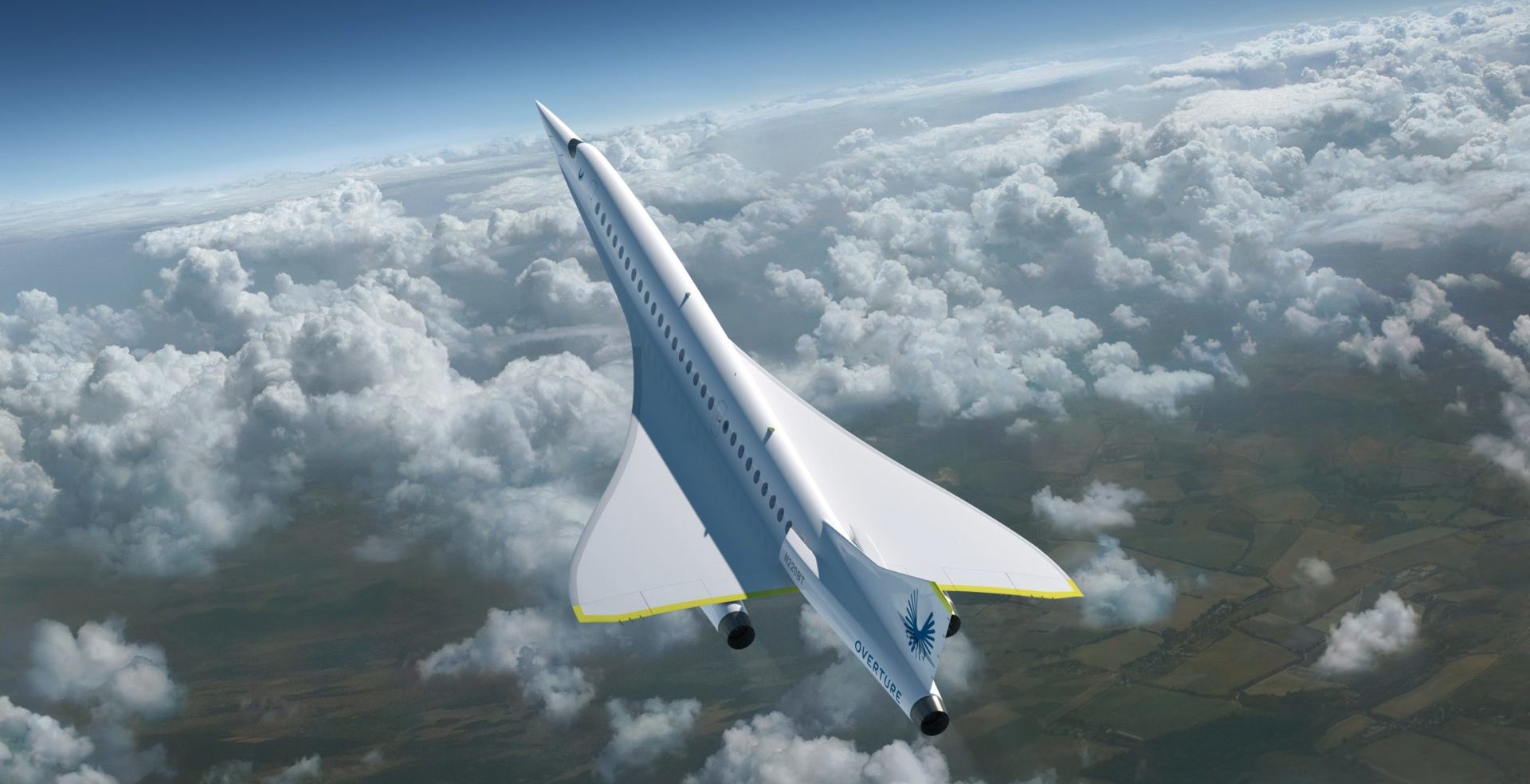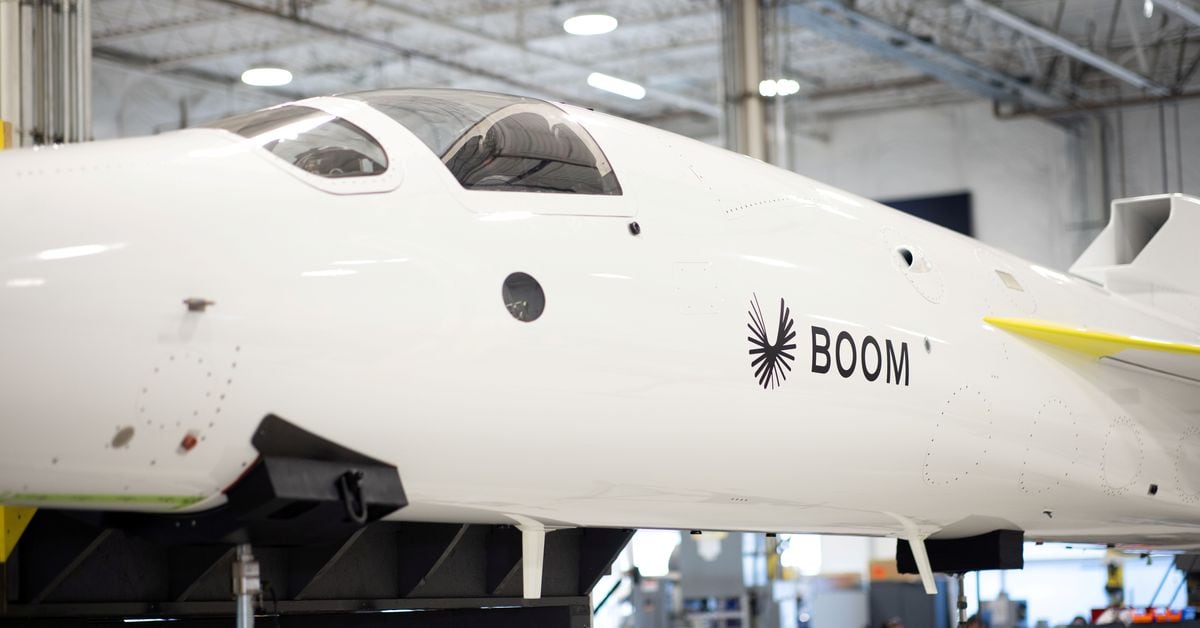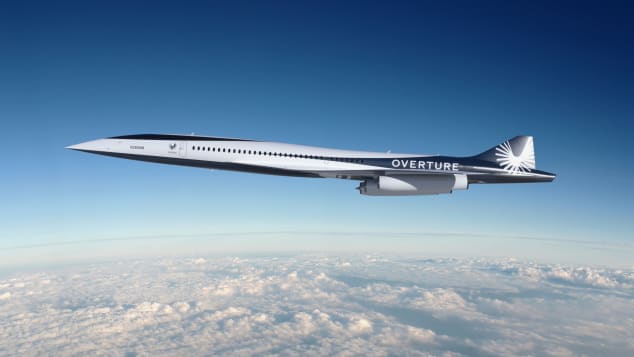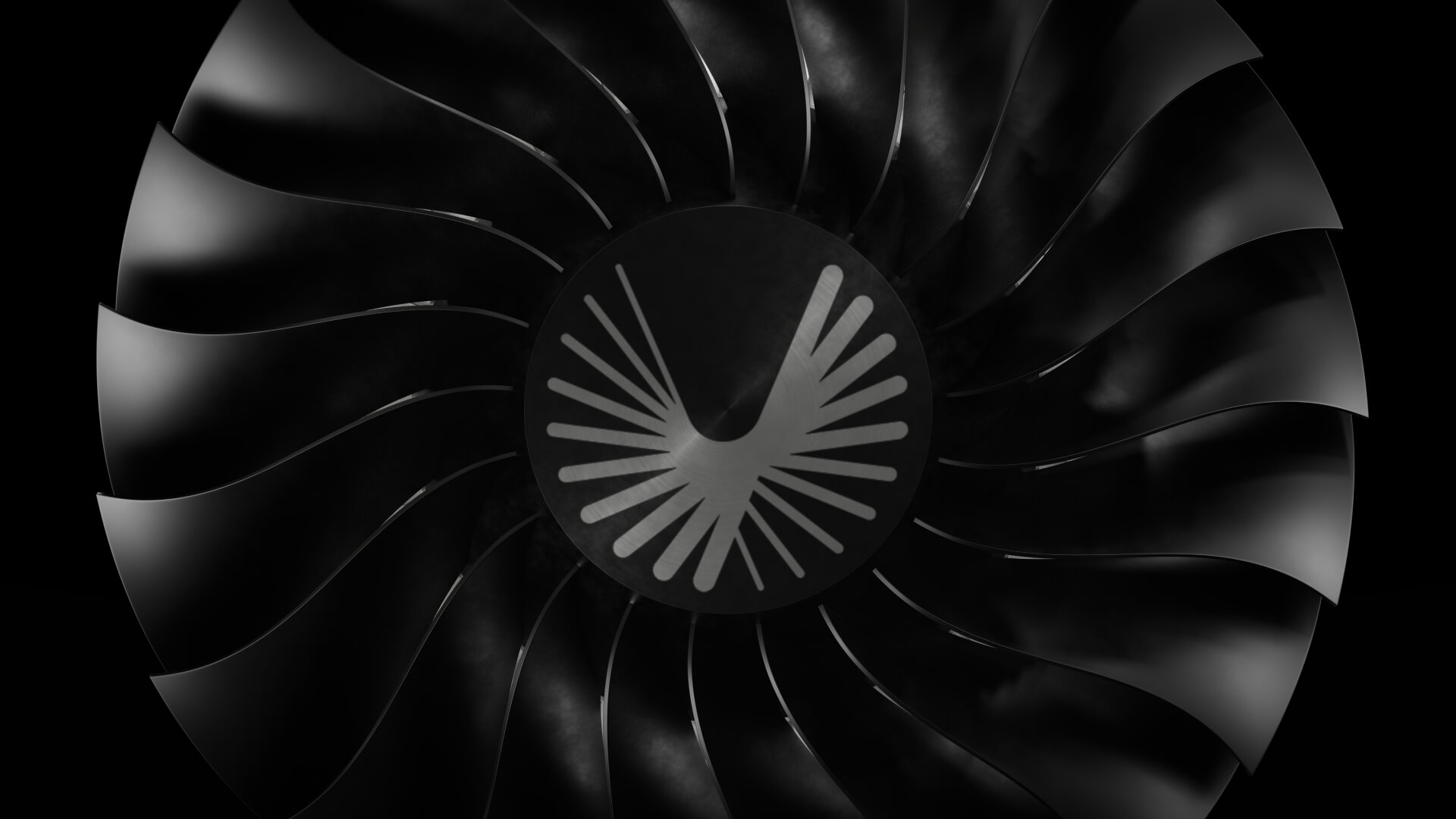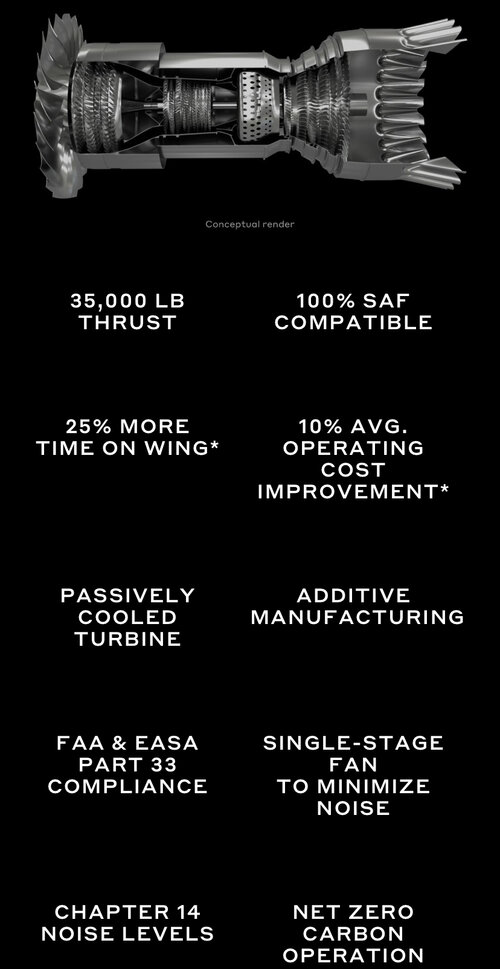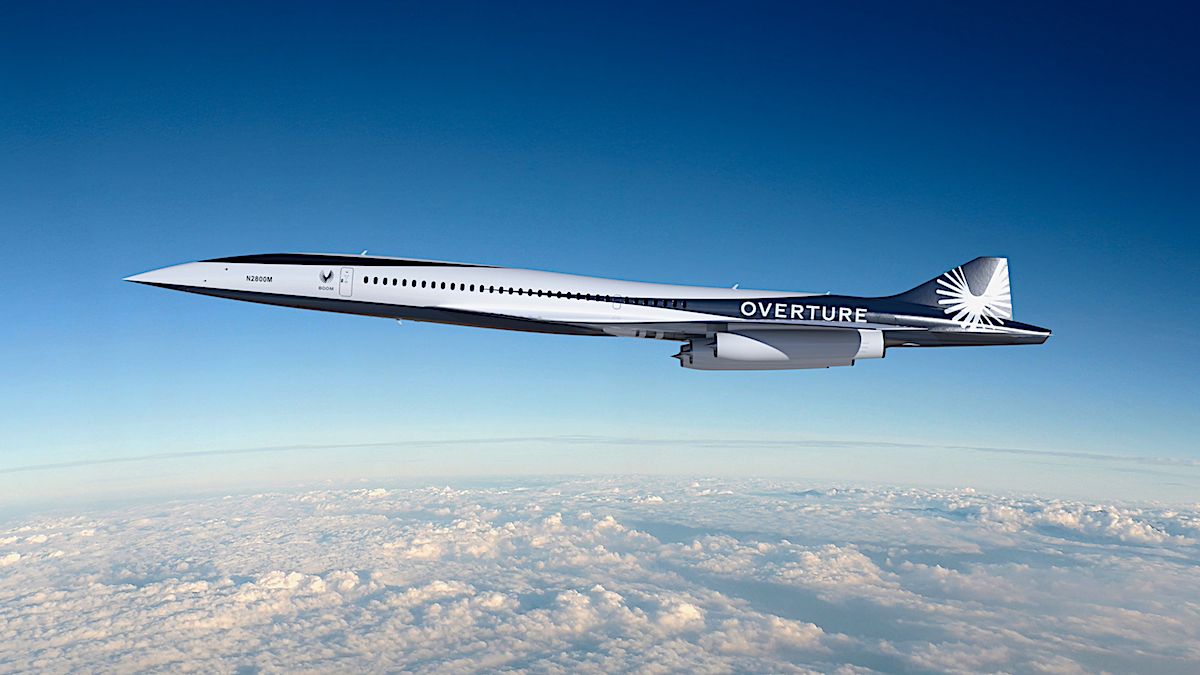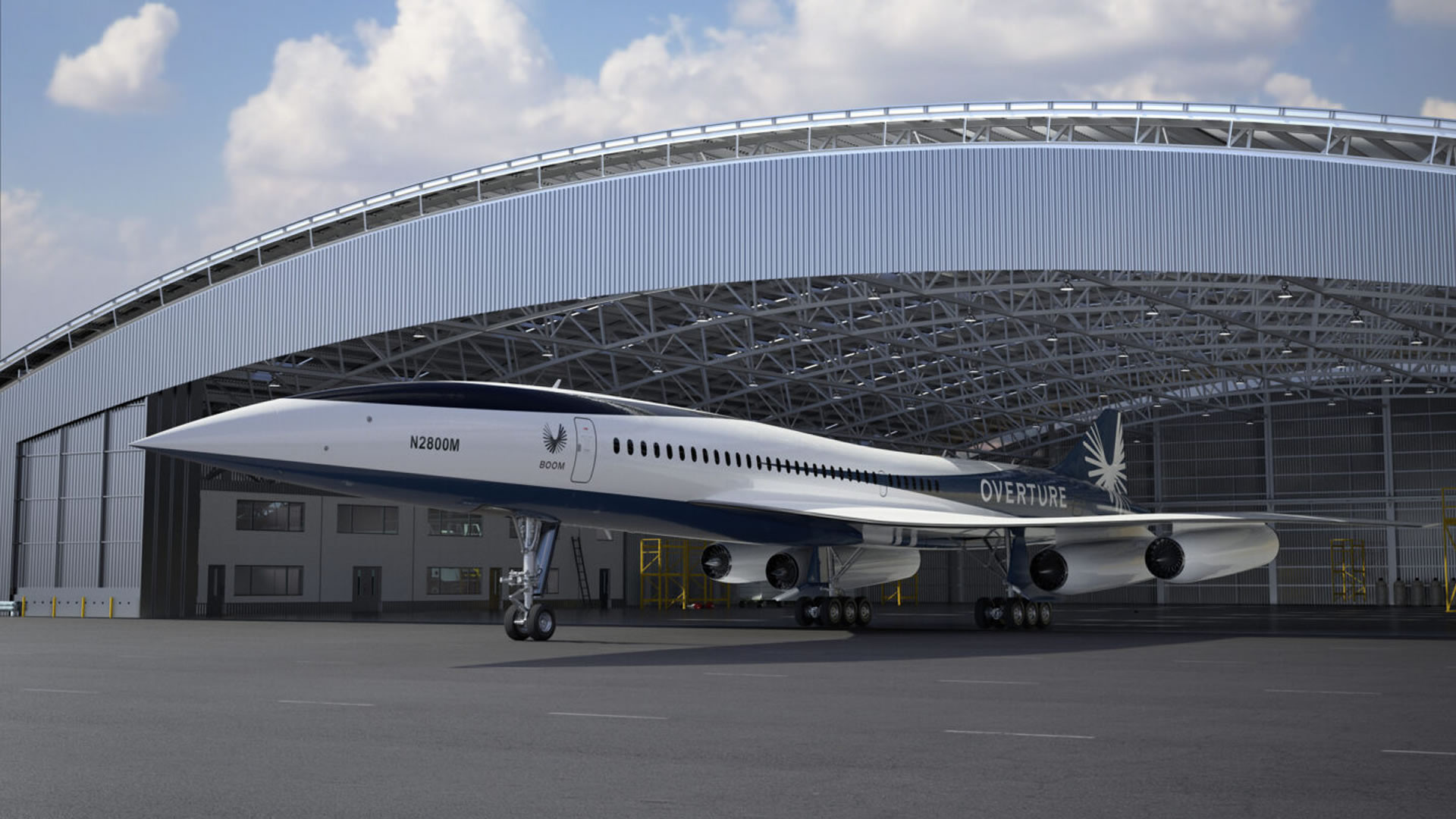That is my personal opinion of the civil/commercial SST market, yes. Giant passenger airships and lifting-bodies, VTOL feederliners and personal jetpacks are similar perennial projects that survive principally on gulling investors with fantasy scenarios. But never underestimate the American military's determination to burn money and fossil fuels in the pursuit of early arrival at the battle zone.
I was editing a business paper a while back that charted how genuine innovations found a small niche at first and expanded from it. Rather than ambitious plans to be game changers, innovators sought to solve a problem that was both unsolvable by most means and worth the expense, or the initial expense produces significant longer-term savings in that niche. From that basis, they expand into wider adoption as users find unanticipated applications and then market volume becomes sufficient for real competition and economies of scale. TLDR version: provide a solution in a clearly defined area that nobody else can provide where it's much needed, then cross fingers and be ready to respond. BTW, that seems to be Reaction Engines' current strategy.
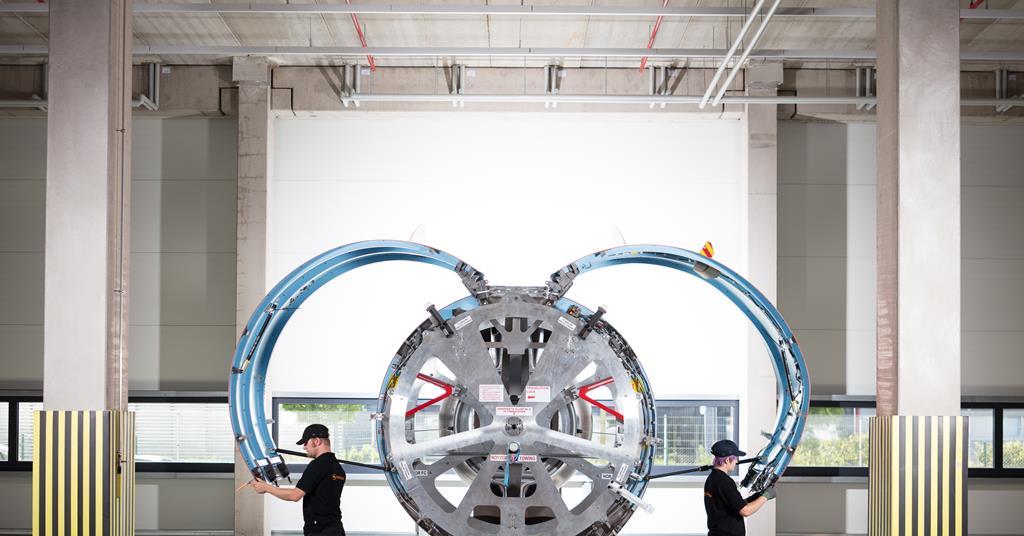
www.flightglobal.com


